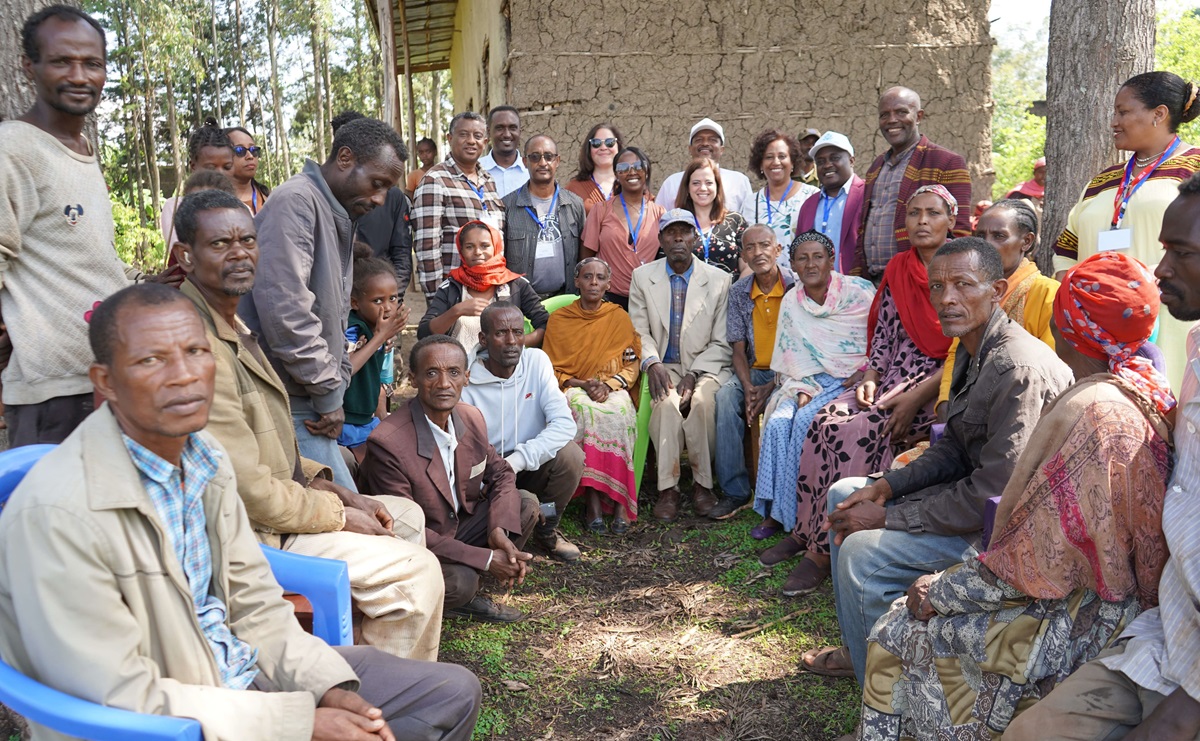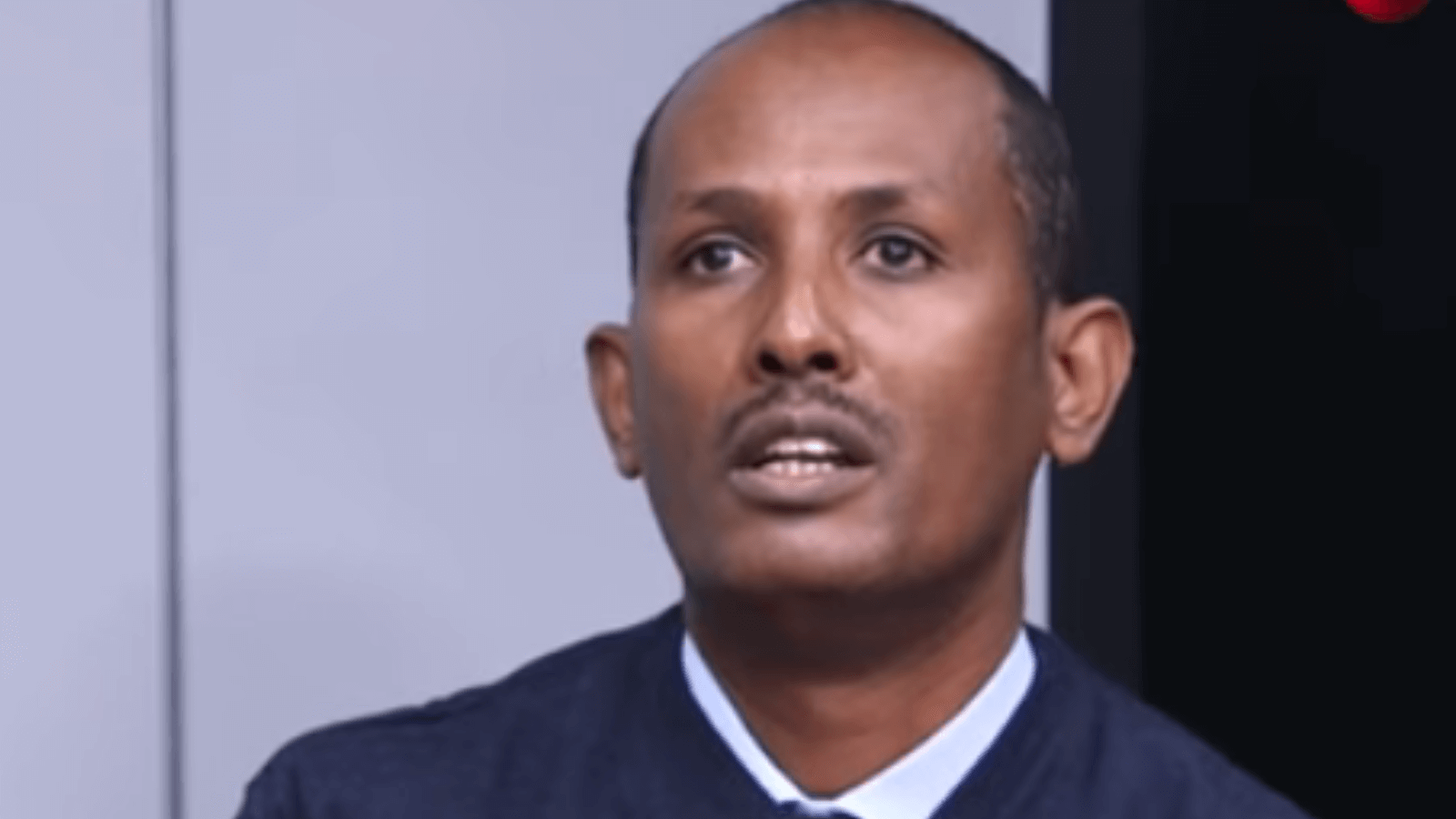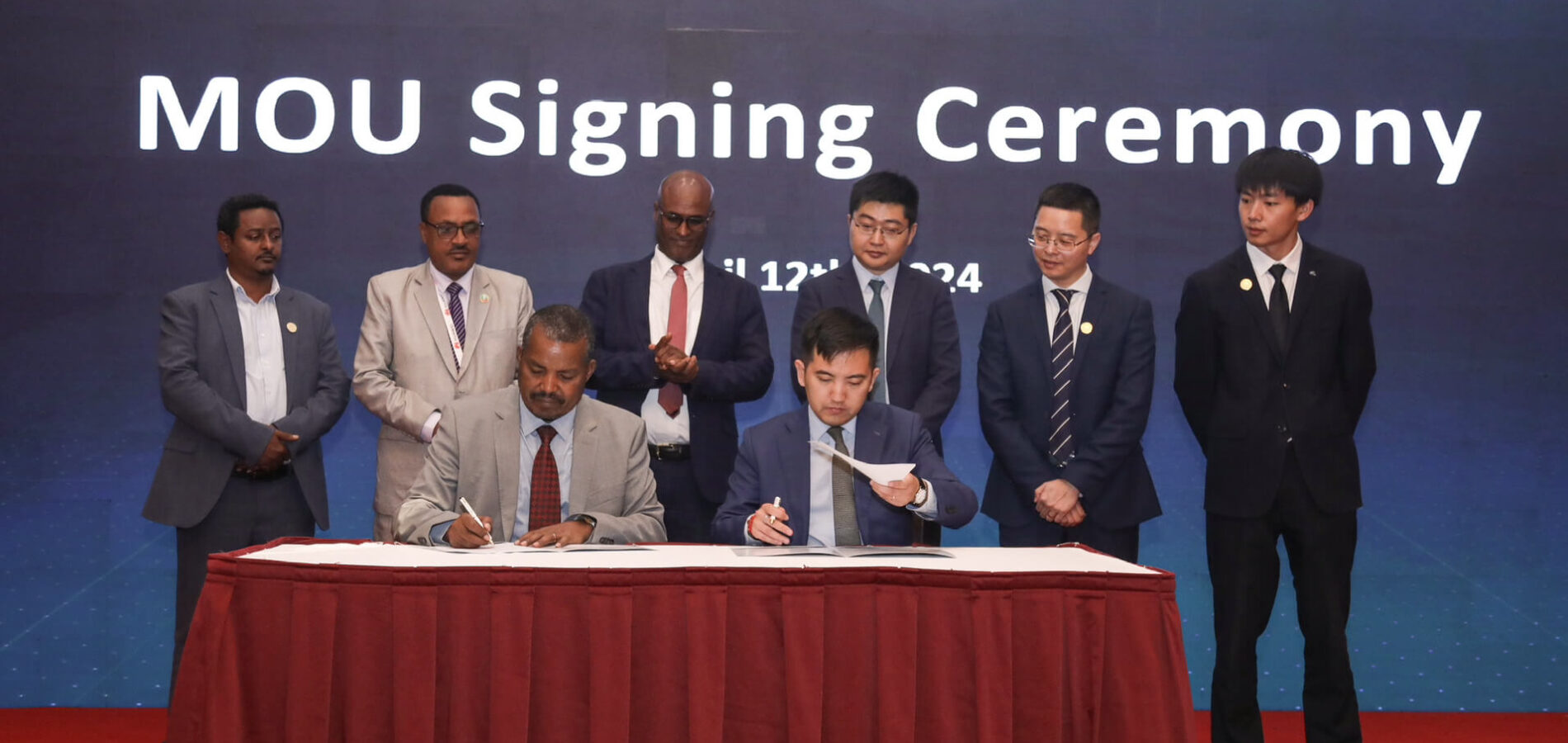News: Latest OCHA report estimates 1,003,000 IDPs as a result of violence across Ethiopia; urges parties to conflict to protect aid workers, ease of humanitarian access

By Addis Standard Staff
Click here to Download Full Report
Addis Abeba, August 10/2021 – The United Nations Office for the Coordination of Humanitarian Affairs (OCHA) issued a report where it discussed the deteriorating humanitarian situation in Ethiopia. It disclosed in the report that a total of one million and three thousand people have been displaced as a result of violence in Amhara, Afar, Beni-Shangul Gumuz, Oromia, SNNP and Tigray regions, calling for the protection of aid workers and ease of humanitarian access.
The report read, “During the first half of 2021, humanitarian access in Ethiopia became more complex due to insecurity related to the conflict in Tigray as well as the continuation of other situations of violence, including security operations against.
Unidentified Armed Groups (UAGs) in Oromia and Benishangul Gumuz regions (BGR), and localized inter-communal violence in Amhara, Afar, Somali and Southern Nations, Nationalities, and Peoples’ Regions (SNNPR).”
It continued, “Violence and conflict were the major impediments to relief operations, hindering access to people in need. In addition, partners faced multiple restrictions on their movements as a result of bureaucratic delays as well as restrictions by parties to the conflict, particularly in Tigray. In Tigray, the population faced major restrictions to access critical services, and systematic attacks on private property and public services such as health centers, schools, water systems and government offices,” adding. “The conflict in Tigray has prompted a major humanitarian crisis, with over 2 million.
people displaced and over 60,000 fleeing to Sudan. Aid partners reported dozens of security incidents affecting the safety of aid workers. In Tigray alone, 12 aid workers have been killed since the start of the conflict. The aid community has urged independent investigations of these crimes and perpetrators to be held accountable.”
The report read, discussing the situation In Amhara region, “Violence within the region and on its regional boundaries with BGR, Oromia, and Tigray reignited. In April, violence between Amhara and Qemant communities in Chilga, Central Gondar, displaced 17,000 people. In May, inter-communal violence in North Shewa and Oromia Special zones claimed dozens of casualties, and displaced over 200,000 people. Access restrictions related to insecurity in those areas gradually eased in June, allowing the displaced to return to areas of origin and partners to deliver assistance.”
In BGR the report disclosed that the situation in Metekel zone shifted from inter-communal violence between Gumuz and other communities, including in border areas with West Gondar (Amhara), into a wider armed confrontation engaging Ethiopian security forces and UAGs, mainly composed by ethnic Gumuz. It said, “Cumulatively, since 2019, violence has displaced over 500,000.
people within the region and into Awi (Amhara) and Western Oromia. In 2021, some 50,000 IDPs were returned by authorities from Awi to Metekel, remaining in various displacement sites and unable to return to areas of origin. In June, violence spread into the Kamashi zone, displacing thousands into Oromia. At the time of writing, most of Metekel remains out-of-reach due to insecurity.”
The report went on to discuss the situation in Western Oromia, it said, “Partners’ activities were hampered by increased attacks by UAGs, prompting new population displacements in East and West Wellega, Horo Guduru and Kellem Wollega. At the time of writing, large areas remain
inaccessible, especially those far from woreda centres, and including the road from Nekemte to Asosa (BGR), “ it continued by adding, “In February, one aid worker was killed in West Wollega allegedly by an UAG, while partners reported a number of attacks by UAGs on ambulances. The number of security incidents impacting relief operations and aid workers in Southern Oromia increased sharply, compromising assistance to 120,000 people in Guji and Borana zones, displaced since 2019.”
Further, the report explained that violence propagated to some previously stable woredas in West Guji. It disclosed that In Eastern Oromia, tensions between Garri and Jarso communities lingered, causing casualties and impacting access to returned IDPs and local communities in Chinaksen (Oromia) and Tuli Guuleed (Somali).woredas
The report also discussed the recurring inter-communal conflict between Afar and Somali (Issa clan) communities over some disputed kebeles in boundary areas. It said, “The conflict has intensified in 2021, with the reported involvement of regional armed forces on both sides. Cumulatively in 2021, the ongoing conflict has displaced some 39,000 people in Afar and over 67,000 people in Somali Region, “ it added, “Reportedly, aid partners in Afar cannot access the disputed kebeles populated by Somali communities, while on the other side, partners in Somali region are unable to access areas hosting Somali IDPs due to insecurity.” The statement also discussed how the Djibouti – Addis highway was blocked at times.
The report also discussed the situation in SNNPR, between the end of 2020 and early 2021 where it said some 120,000 people were displaced as a result of inter-communal violence, i.e. 70,000 in Konso and 50,000 in Bench Sheko zones.
It further disclosed that tensions persisted between Amaro and Guji communities along common border areas. It read, “ At the height of violence, partners struggled to provide assistance, however, the situation has gradually improved. In Konso 50,000 IDPs have returned to places of origin, and government counterparts and aid partners continue to scale-up support schemes to affected communities”
The report ended by recommending steps to improve humanitarian access and protect aid workers across Ethiopia where conflict persists. The report also discussed accusations laid against aid workers in Tigray region, it reported, “The aid community is dismayed about unfounded accusations made against aid workers in Ethiopia, which would question their neutrality in regards to the conflict in Tigray, and which compromise the safety of aid workers in field locations.” AS







